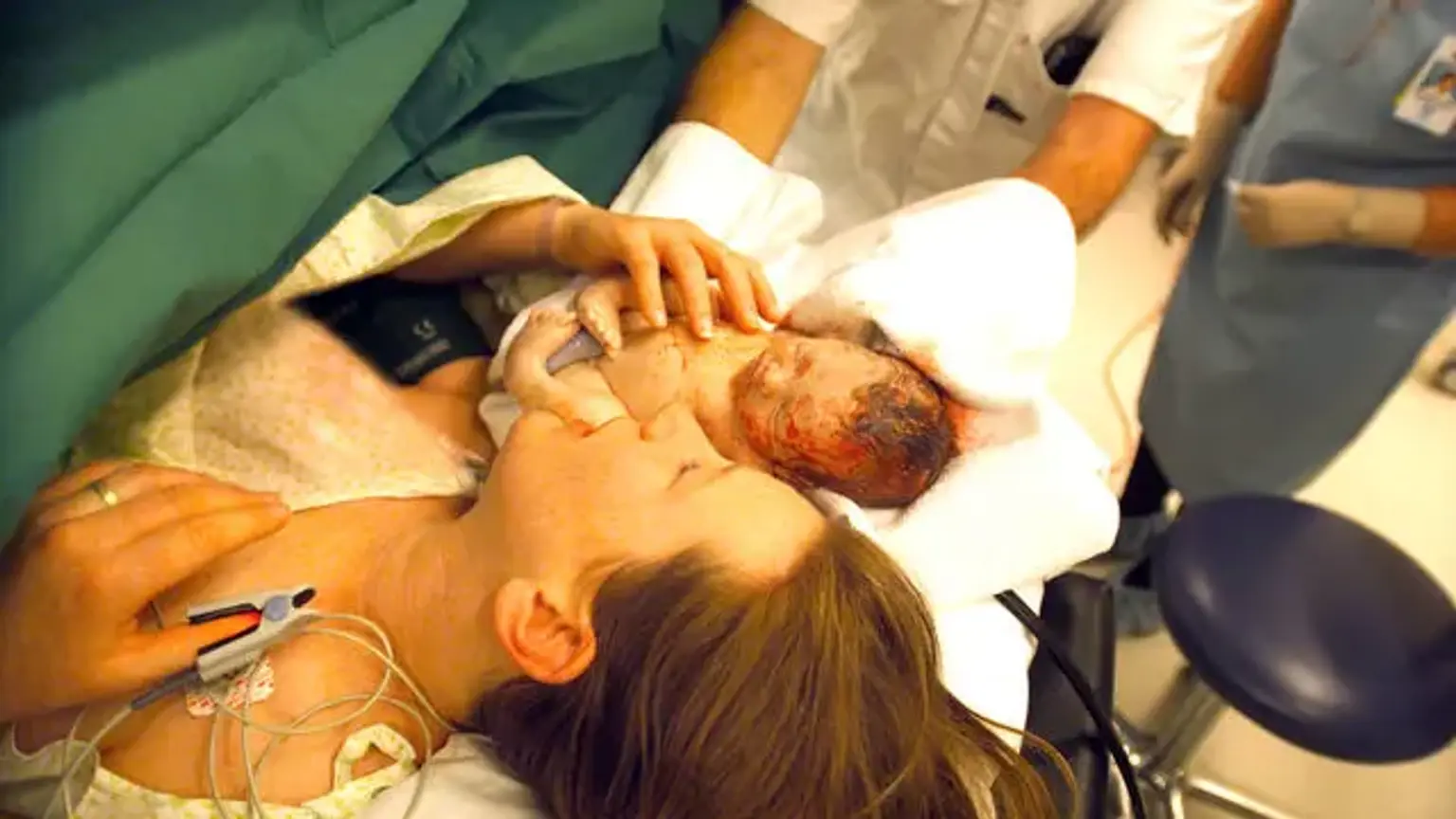Caesarean Section
Overview
Caesarean section, often known as C-section or caesarean birth, is a surgical technique in which one or more infants are born through an incision in the mother's belly, which is frequently used because vaginal delivery might endanger the baby or mother. Obstructed labor, twin pregnancy, high blood pressure in the mother, breech birth, and issues with the placenta or umbilical cord are all reasons for the procedure.
The curvature of the mother's pelvis or the history of a previous C-section may necessitate a caesarean birth. It is feasible to try vaginal delivery after a C-section. The World Health Organization advises against performing caesarean sections unless absolutely required. Some C-sections are performed without a medical cause, at the request of someone, most often the mother.
